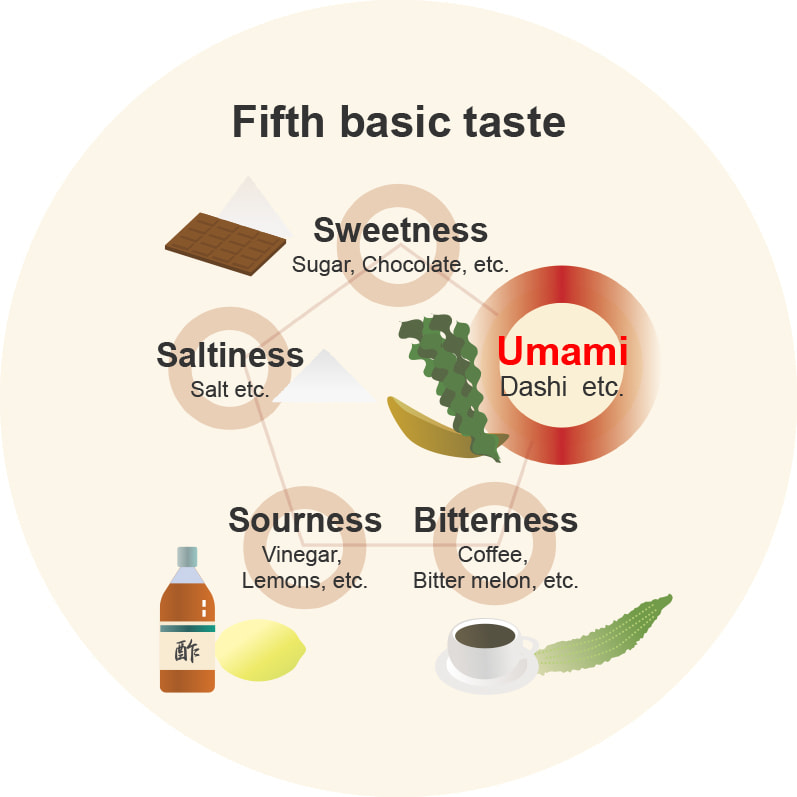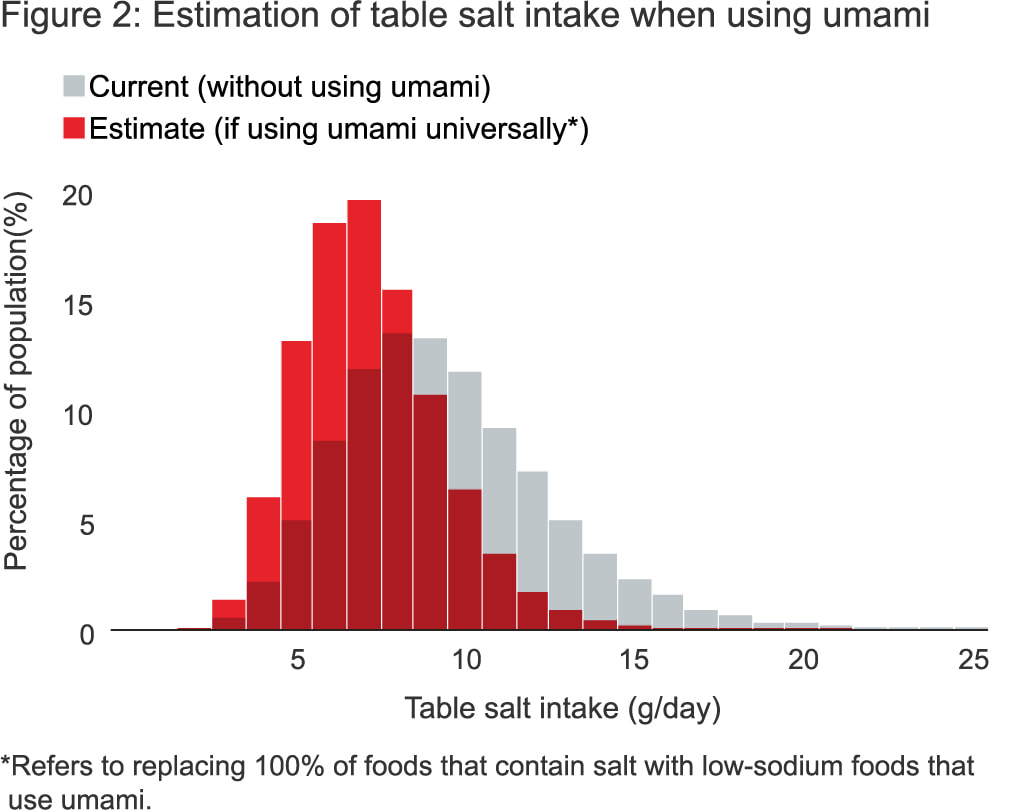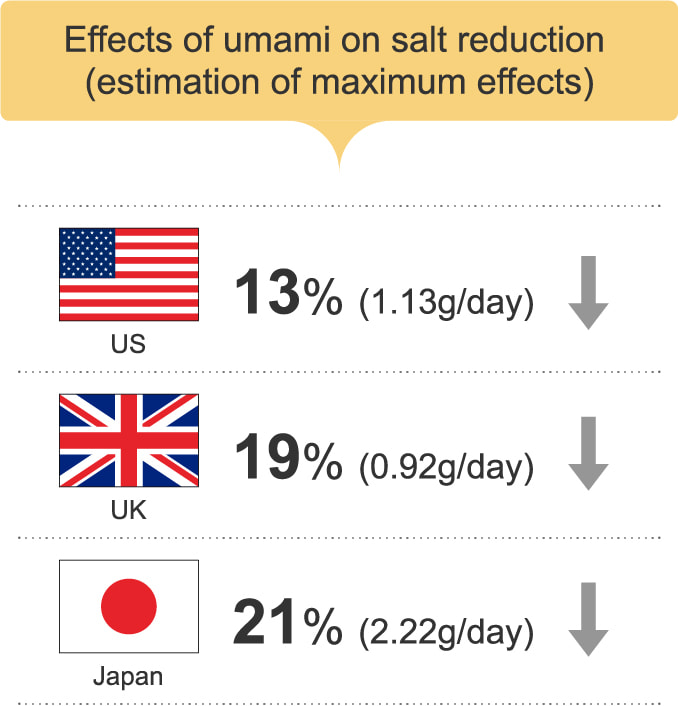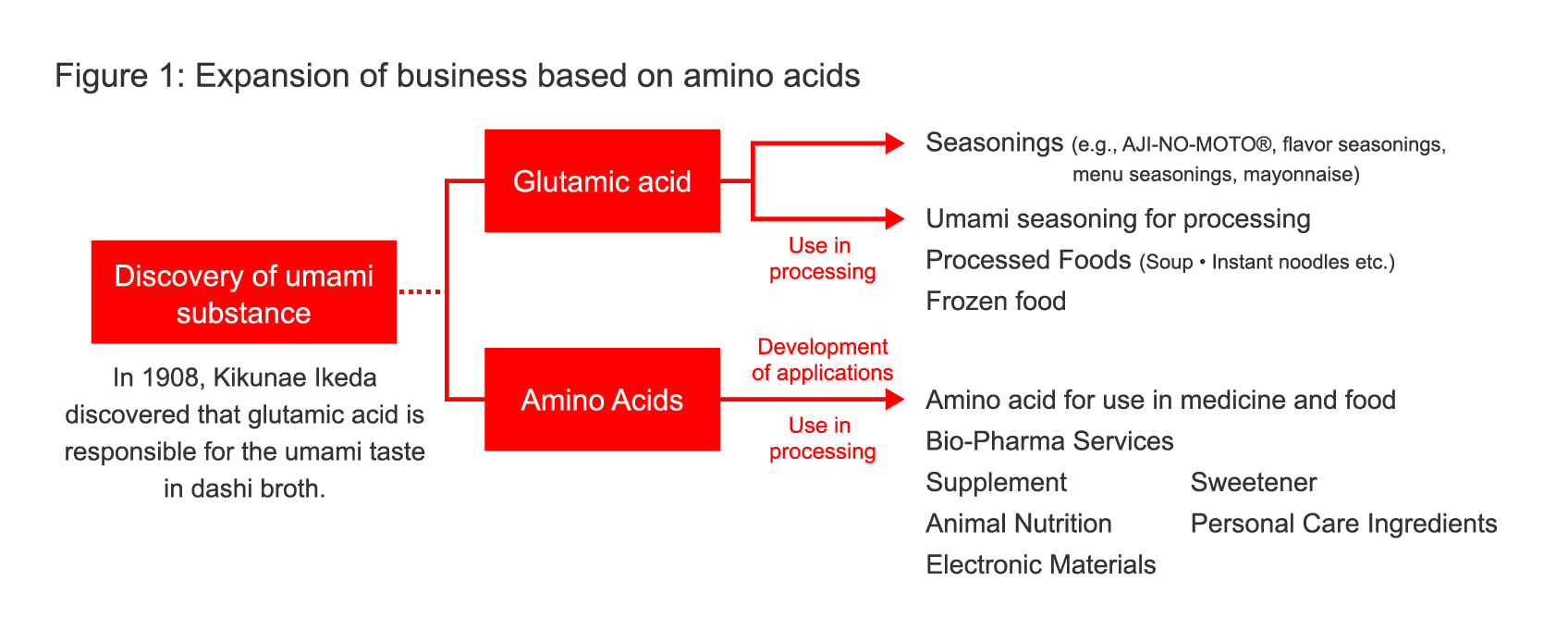What is Umami?


What is Umami?
Umami was discovered in Japan. The origin of washoku—Japanese cuisine and food culture—can be traced back to the ancient Japanese Emperor Tenmu, when he issued a decree banning the consumption of meat. This ban resulted in changing Japanese food culture into one based mainly on seafood and plant proteins; in other words, the planetary health diet as advocated by the EAT-Lancet Commission. The history of umami starts in 1908 when Dr. Kikunae Ikeda, professor at the Tokyo Imperial University's Faculty Science (now University of Tokyo), found inspiration in the words “Deliciousness promotes digestion” of Dr. Hiizu Miyake, then director of the Faculty of Medicine. Dr. Ikeda identified the distinctive taste of L-glutamate in kombu broth, which he called “umami” in a paper on new seasonings he published the following year (Journal of the Chemical Society of Tokyo published in 1909). Because there was no direct equivalent for the word in English, the Society for Research on Umami Taste, which was launched in 1982, proposed using "umami" as a scientific term.
In the 1990s it was recognized as the fifth basic taste after sweetness, bitterness, saltiness, and sourness at an international conference, and “umami taste” became a technical term. Since then it has drawn worldwide attention.
Innovation brought about by umami
The Ajinomoto Group began as a startup formed out of the practical application of Dr. Ikeda’s patent. Starting from this single discovery, the Group developed new technologies and markets which is refered as “AminoScience” and it has grown by contributing to the health of people and the planet through business. Particularly noteworthy are the innovations created from the development of technology enabling the affordable mass production of glutamic acid that makes up umami seasoning. Amino acid production technology is not limited to the production of the umami seasoning L-glutamate, it also enables the mass supply of nearly all amino acids. This technology accelerated practical research on amino acids and made it possible to create a business of offering a variety of products and services based on amino acid's properties of physiology, nutrients, and reactivity (Figure 1). In the field of medicine, today anyone can get an amino acid infusion in the hospital after surgery, be prescribed a wide range of affordable medications (amino acid derivatives are used to make many medications), and even receive advanced regenerative medicine treatment (amino acid is essential in cell culture media for regenerative medicine such as iPS).
In the field of agriculture, we have contributed to the mitigation of environmental impact and improvement of food production by greatly enhancing the efficiency of livestock feed and increasing plants' resistance to pathogenic bacteria. We have also made use of the high reactivity of amino acid in a wide range of everyday products—everything from commodities like detergent and personal care products to insulation materials for semiconductors. In addition, we have expanded beyond amino acid production into innovations in core production technology such as the development of new organic materials that reduce environmental costs (e.g., enzymes and functional materials) and cellular agriculture (e.g., cultured meat).
Creating sustainable,
healthy food environments with umami
Umami is more than just a basic taste; other benefits have been reported such as promoting salivation. Treating elderly people who have dry mouth with an umami solution has been found to improve taste, appetite, weight, and overall health*1*2.
In addition, scientific evidences have shown that umami is a more effective way to deliciously reduce salt content in meals compared to the conventional method of using herbs and spices. The evidence is also likely on par with evidence for potassium—one of the main salt substitutes used in low-sodium food. Based on data from a US health and nutrition survey, it was estimated that using technology to deliciously reduce salt with umami in processed foods within specific food groups in the US, it would reduce American's salt intake by 3-7%. reduce the salt intake of Americans by 3-7%. Countries that carry out national health and nutrition surveys have data related to the amount and percentage of salt intake by the population. A large number of basic studies have demostrated the use of umami could reduce that salt content across varius food group by using umami without compromising the deliciousness. Therefore if data could be collected from market research regarding the extent of the reduced salt market and how much umami technology is actually incorporated by country, it is possible to estimate the national-level impact of salt reduction through umami.
*1. Sasano T. et al., Biological and Pharmaceutical Bulletin, 2010; 33, 1791 -1795
*2. Sasano T. et al., Foods, 2015.
The Ajinomoto Group support to top research that translates the latest findings in umami research into policy, by collaborating on the "U20 Healthy Umami Research Project", a project that led the University of Tokyo to verify the impact of umami on salt reduction in G20 countries*3. So far we have obtained results (Figure 2) from the US*4, UK*5, and Japan*6. Surprisingly, by expanding the scope of research beyond that of previous literature, we found that umami can reduce sodium intake as much as 13% in the US, 19% in the UK, and 21% in Japan.
*3. Nomura S. et al., Health, 2021;13, 629-636.
*4. Nakamura H. et sl., Food Sci Nutr. 2023;11:872–882.
*5. Nomura S. et al., Public Health Nutr 2022: 26, 488–495
*6. Tanaka S. et al., https://doi.org/10.21203/rs.3.rs-701060/v1


We will continue to work towards the implementation of delicious salt reduction using umami, through ongoing research activities and support.

